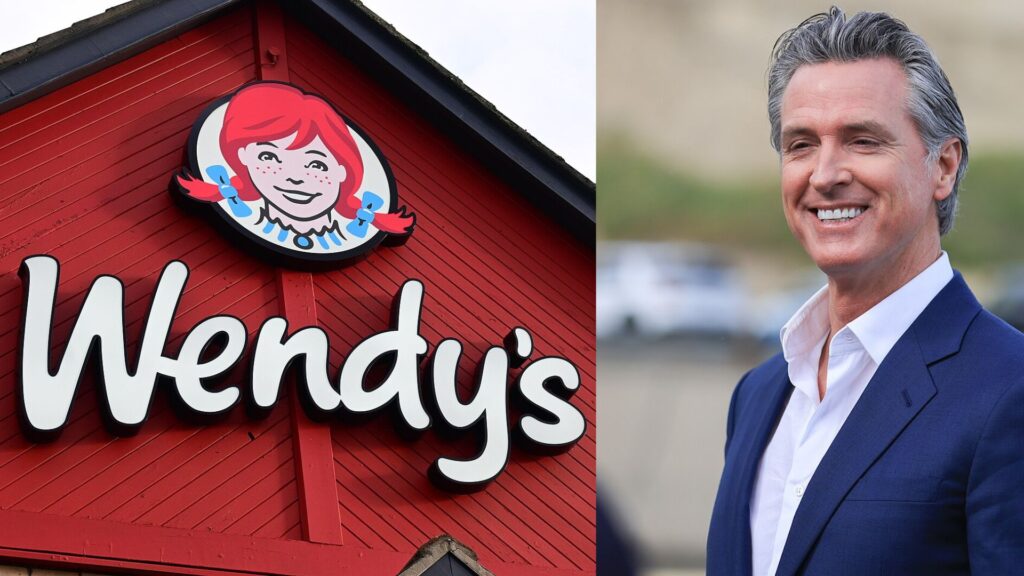Fast-food lovers in California have had to start paying more, as prices surged by 7% over just half a year.
This spike in prices is linked to the state’s minimum wage increase to $20 an hour, compelling many fast-food owners to rethink how they run their businesses—from slashing work hours to speeding up the shift to self-service kiosks.
Leading the Nation in Price Jumps
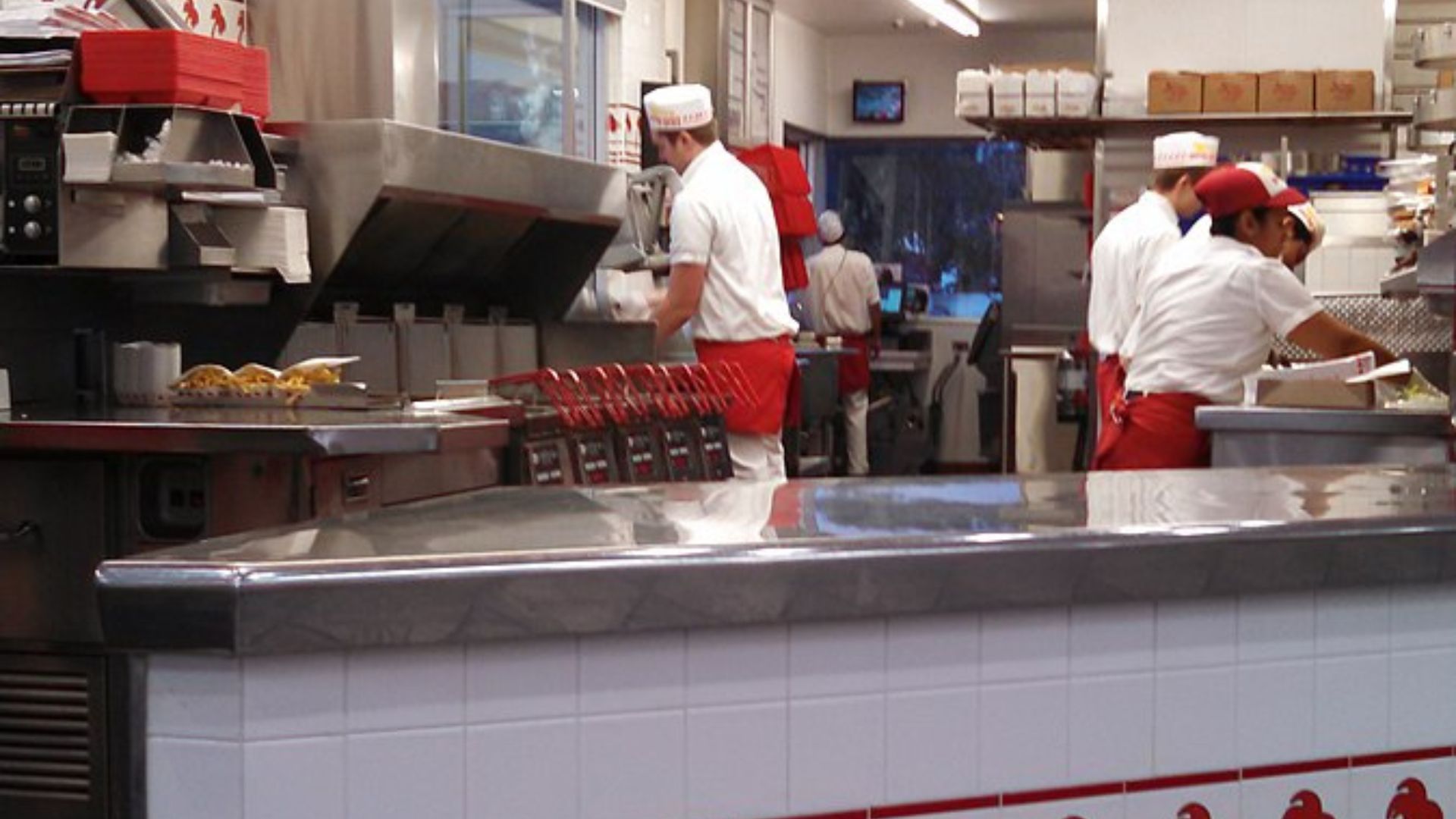
With the steepest increase in fast-food menu prices nationwide, California is feeling the effects of the minimum wage rise from $16 to $20, which began on April 1.
As Datassential’s findings show, the jump in labor costs is significantly affecting consumer spending.
Tough Choices for Fast-Food Franchisees
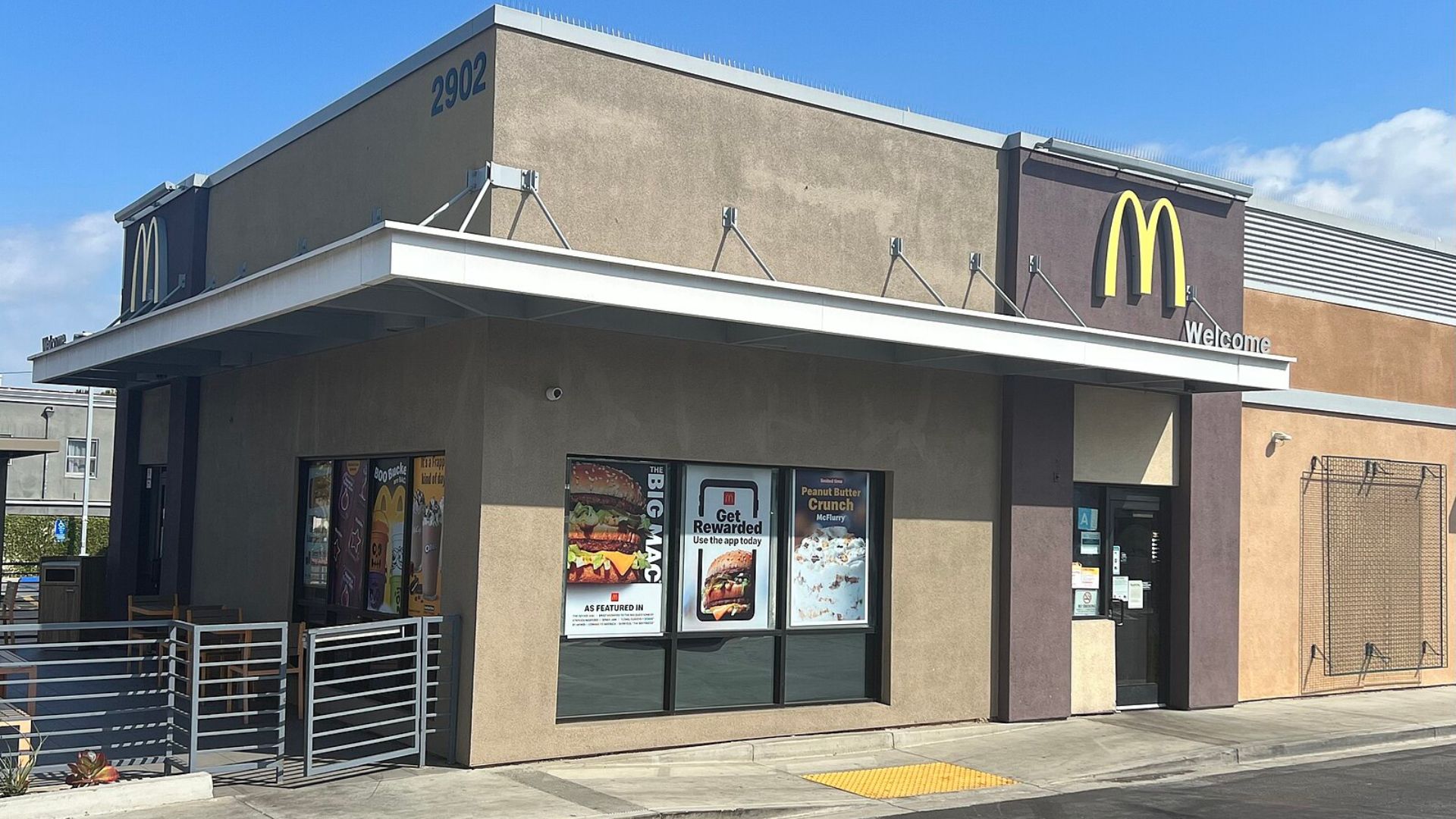
As the new minimum wage approaches, fast-food franchisees throughout California face difficult decisions.
Business Insider reports that they are reducing work hours, delaying upgrades, and deploying self-service technology more rapidly to manage rising costs and maintain efficiency.
A Widespread Trend Across the States
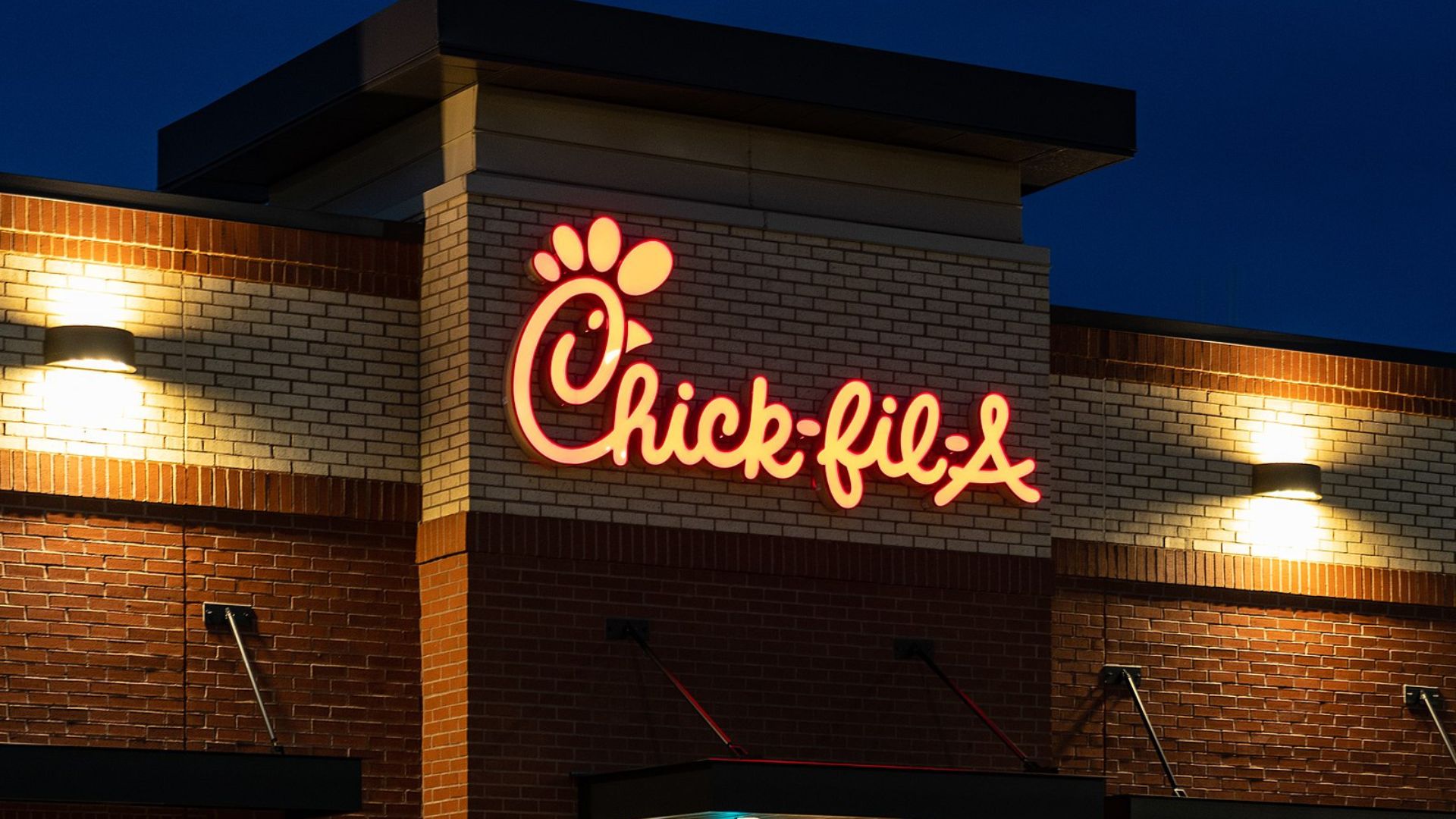
Topping the charts with a 7% increase, California’s price hike is echoed by a national trend.
Washington State and Kentucky follow, witnessing increases of 6.1% and 6% respectively, compared to a national average of 4.5% over the same period.
Statewide Impact on Prices

More than just a handful of locations, every area code in California is experiencing higher fast-food prices, landing them among the top 30% of increases nationwide.
The wage increase has affected the entire fast-food industry within the state.
Northern California Hits a Record High
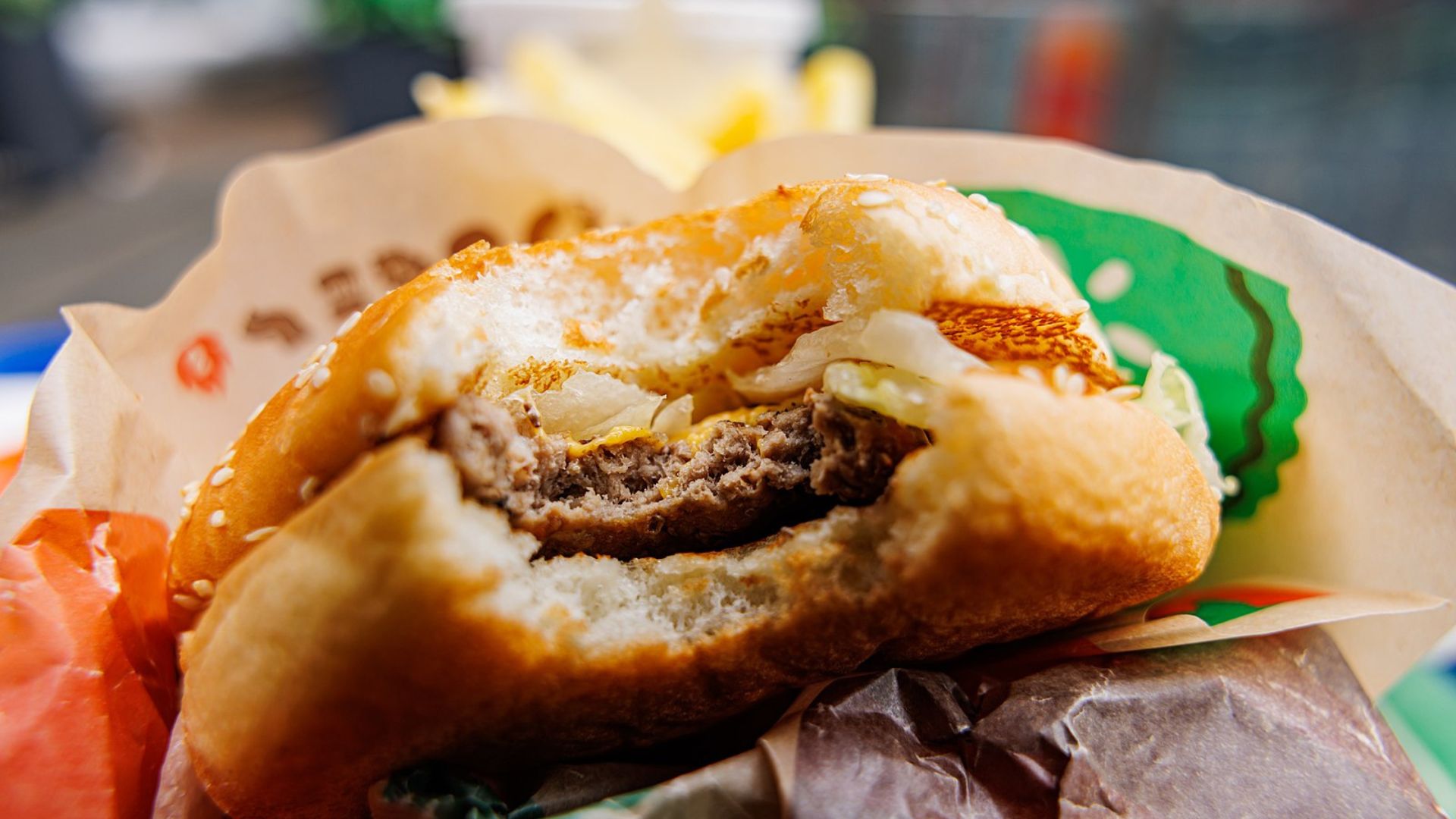
Experiencing unprecedented menu price inflation at 8.9%, the 530 area code in Northern California reports the highest increase nationwide.
Such an increase indicates significant economic shifts in the area.
Significant Hikes in Riverside County
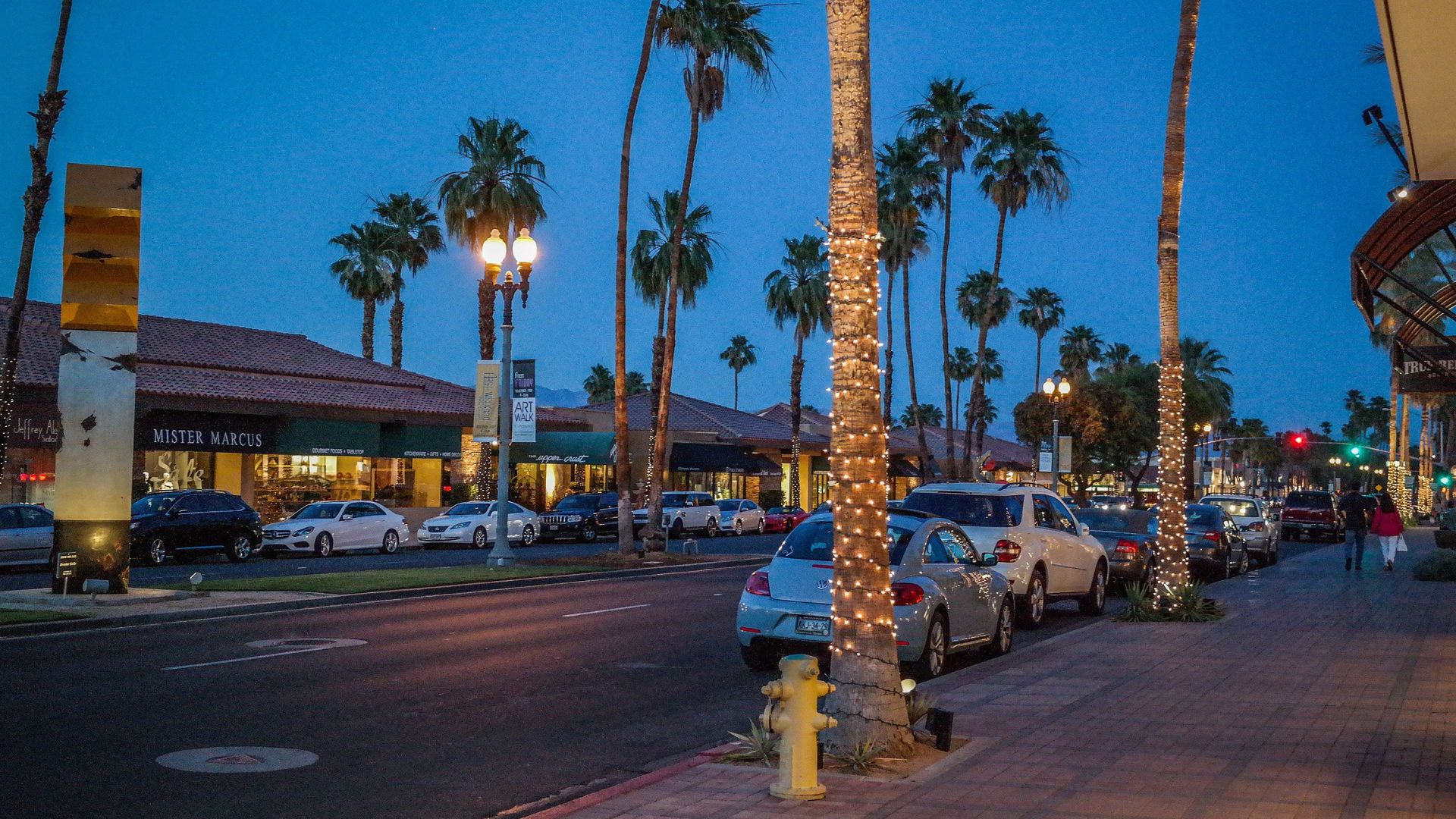
In Riverside County, where the 951 area code includes places like Coachella, fast food is becoming pricier.
Here, the increase is the seventh-highest in the nation at 7.9%.
Price Surges in Stockton and Oakland

In Stockton and Oakland, covered by the 209 and 510 area codes, fast-food prices have risen to 7.9% and 7.8%, respectively.
These regions are now among the top ten in the nation for fast-food price inflation, illustrating the broad impact of the trend.
Southern California Also Affected
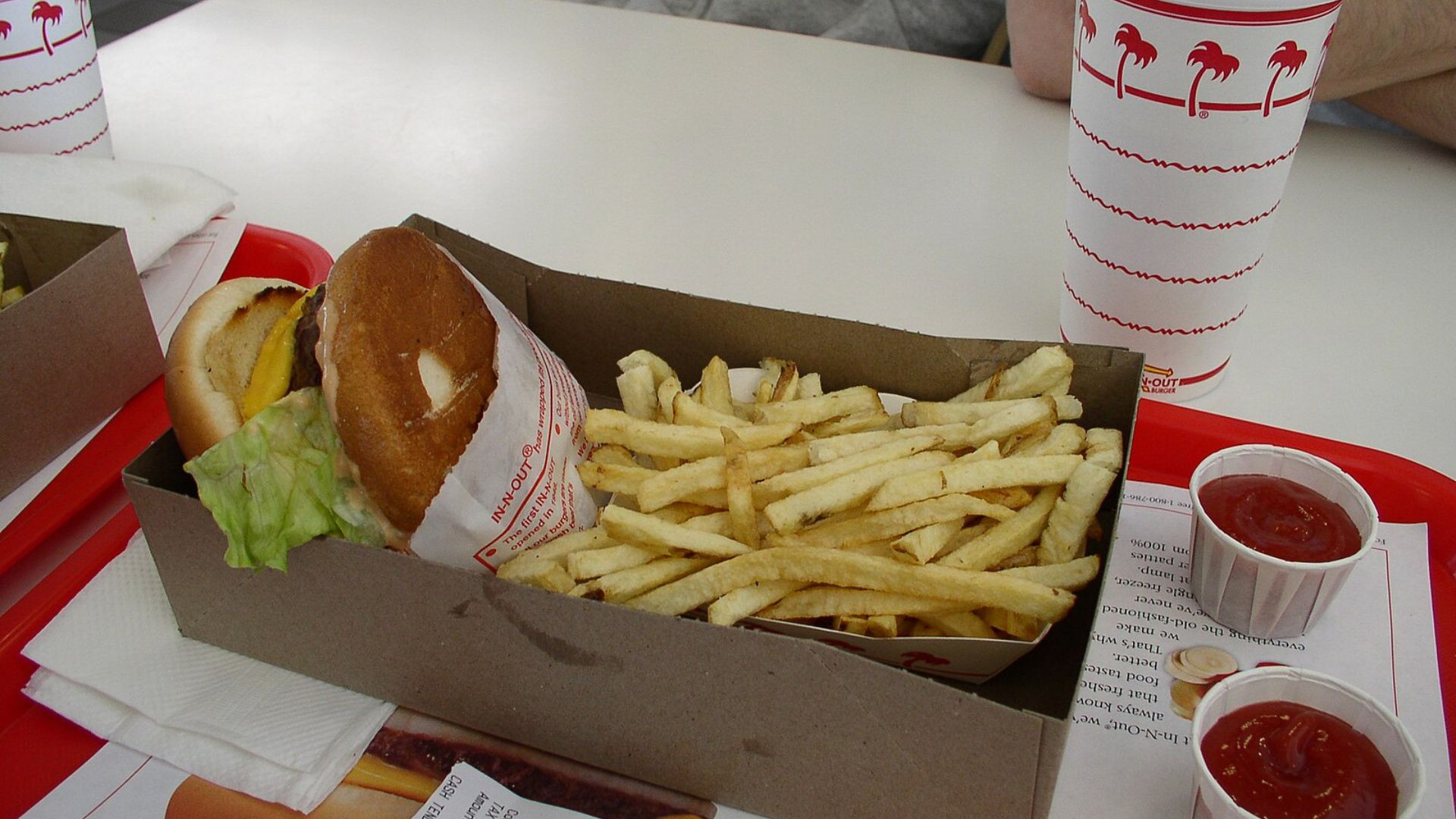
Continuing the pattern, Southern California sees notable increases in the 916 and 442 area codes.
Hikes of 7.6%, places these areas 13th and 14th nationally and illustrating the extensive statewide economic pressure.
Upscale Dining Also More Expensive
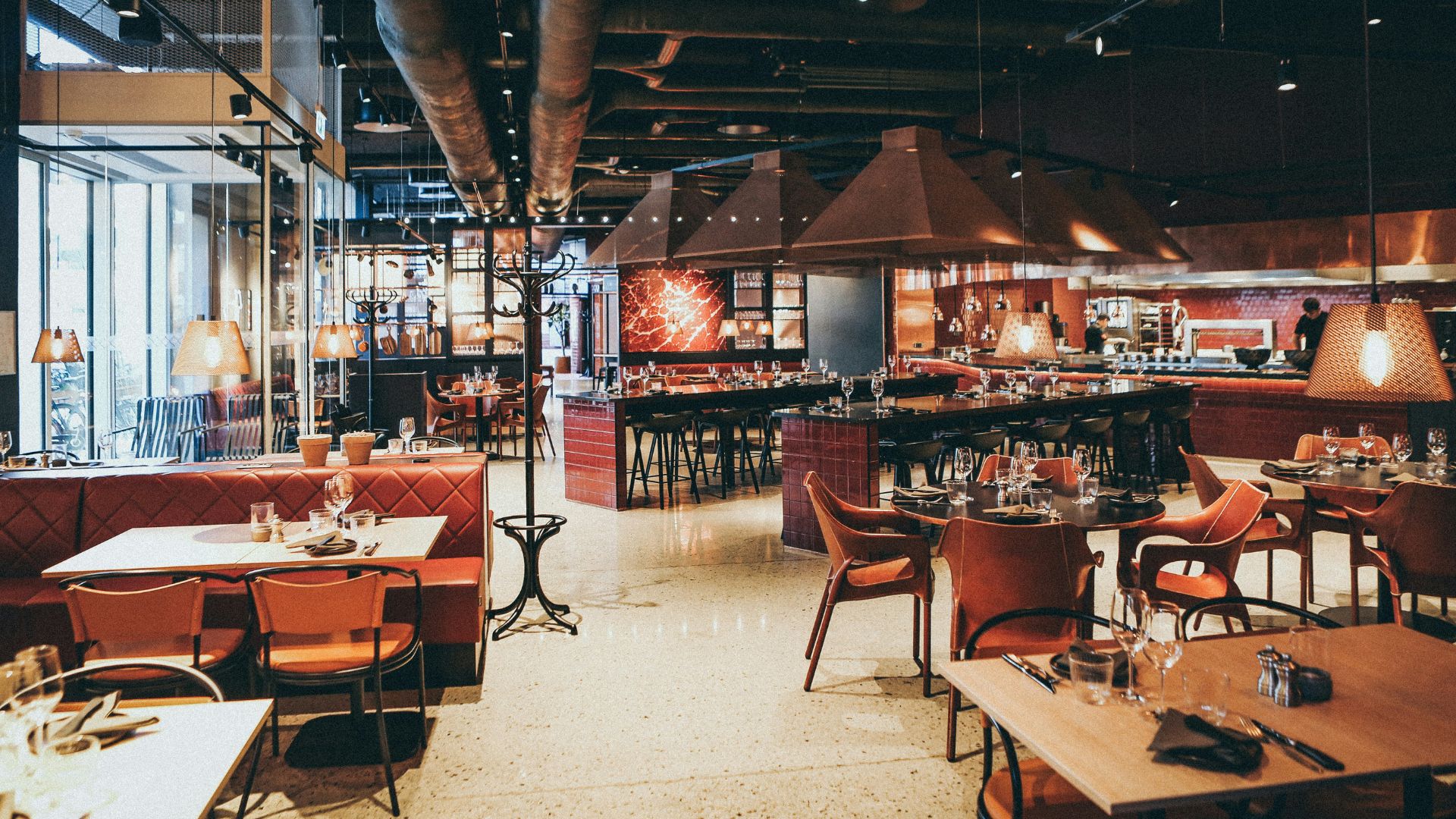
Not confined to fast-food outlets, full-service restaurants across California have also raised their prices by 3.3%.
This marked the third highest increase nationally after Hawaii and Washington State, as tracked by Datassential.
Big Names in Fast Food React to Wage Changes
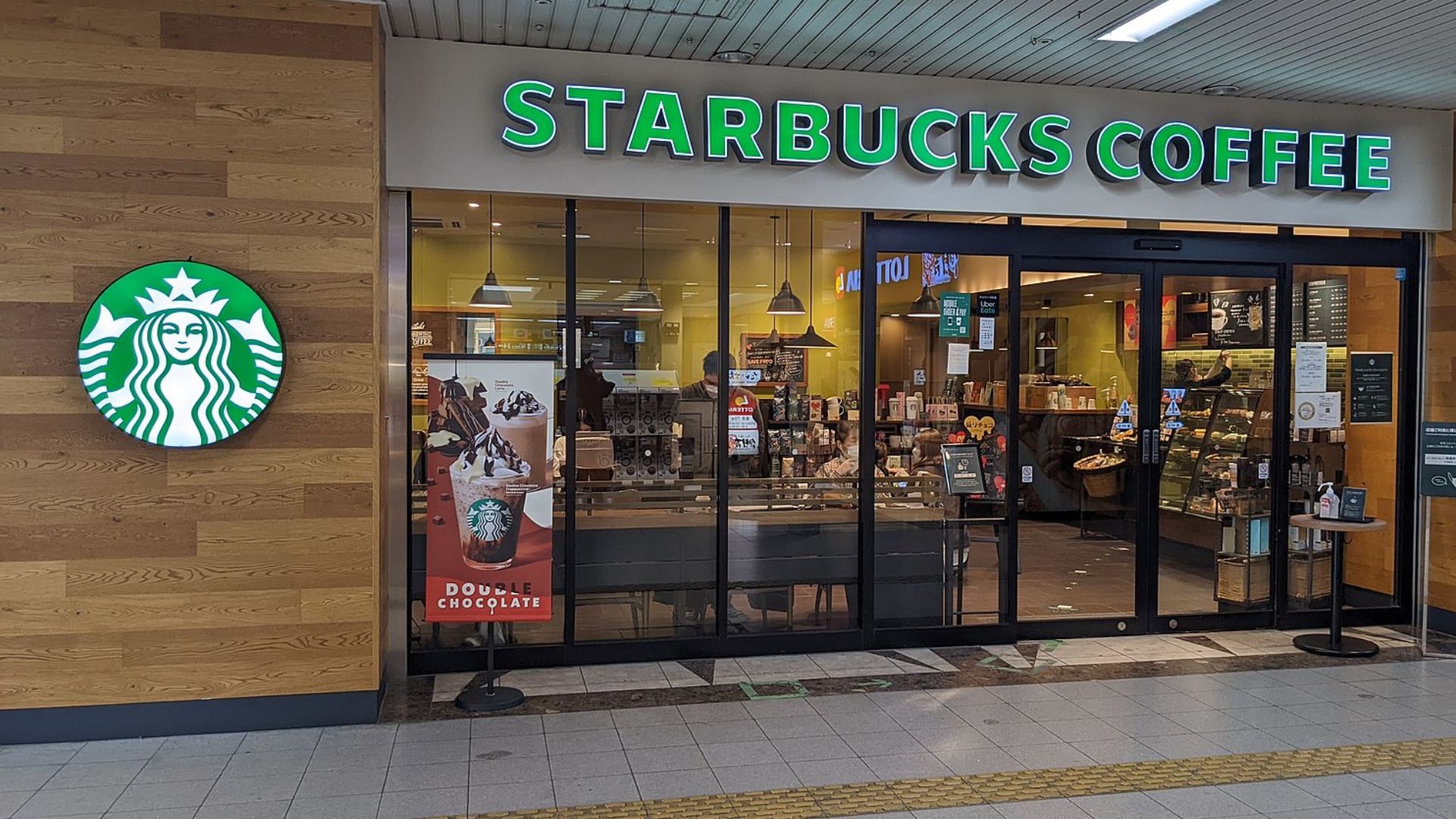
Industry giants such as Wendy’s, Chipotle, Starbucks, and Taco Bell are proactively adjusting their prices in response to the wage increase.
Wendy’s has upped its prices by approximately 8%, while Chipotle has increased by about 7.5%, as per data from Kalinowski Equity Research.
What’s Ahead for California’s Fast Food?
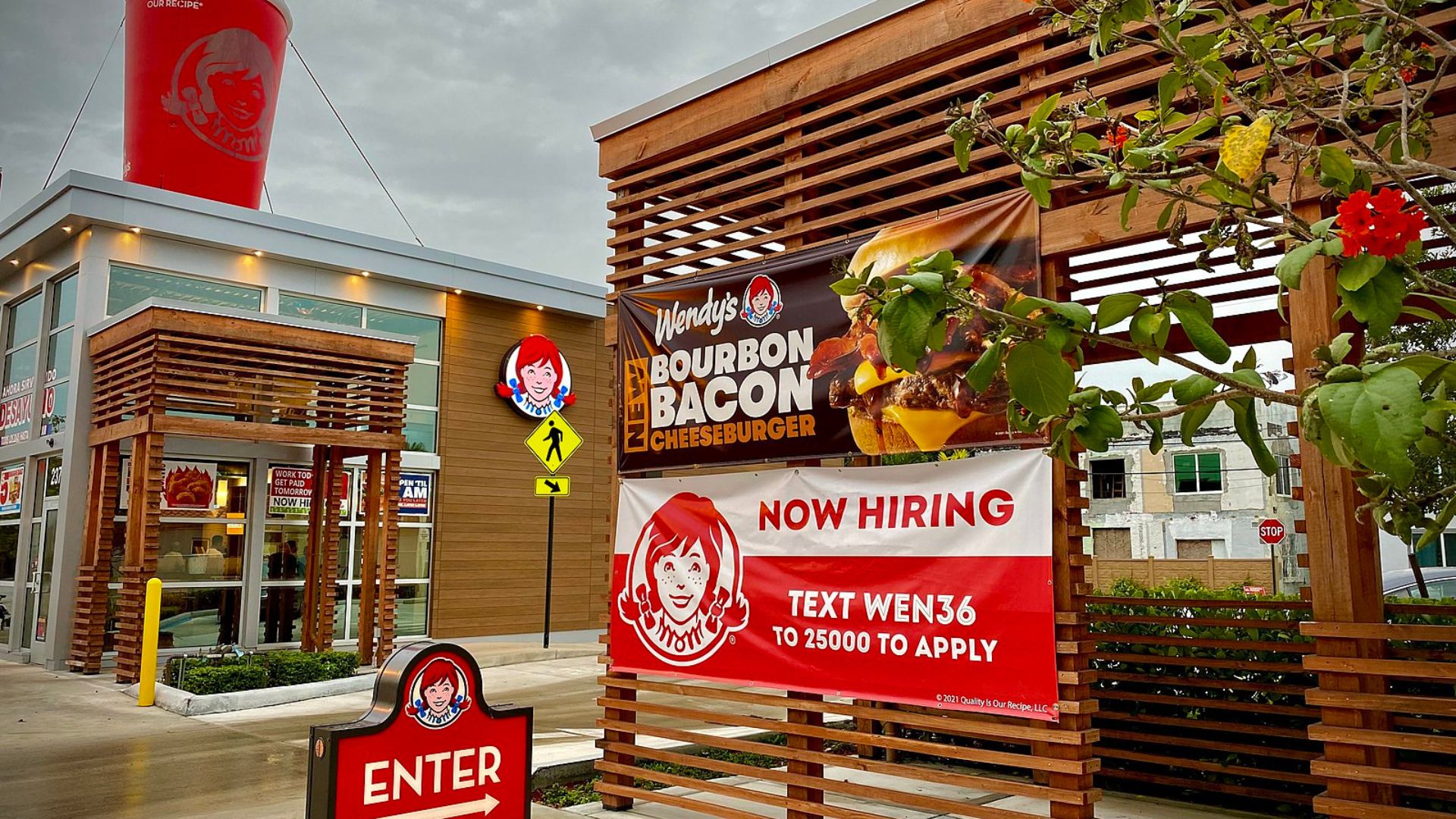
Navigating through these pricing adjustments, the fast-food sector in California is undergoing significant changes.
The full effects of these shifts are still unfolding, showcasing how extensive legislative changes in labor costs are reshaping the state’s economic landscape for fast food.
